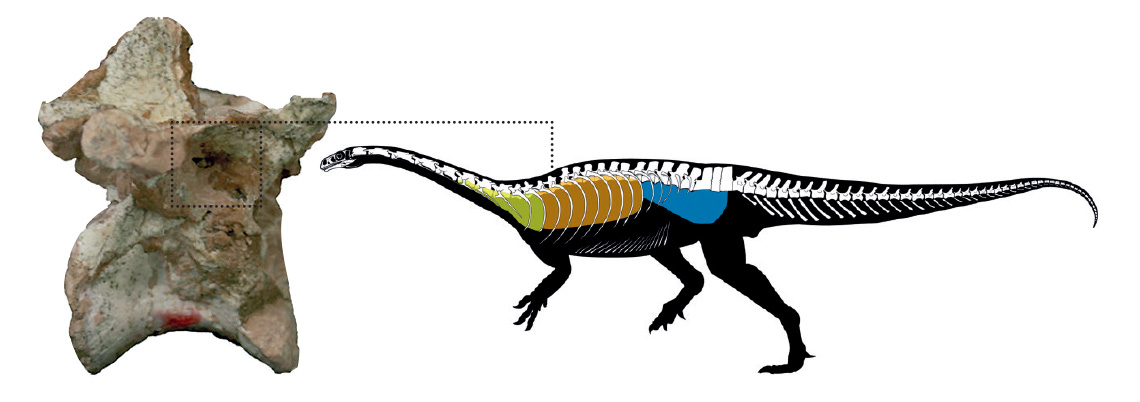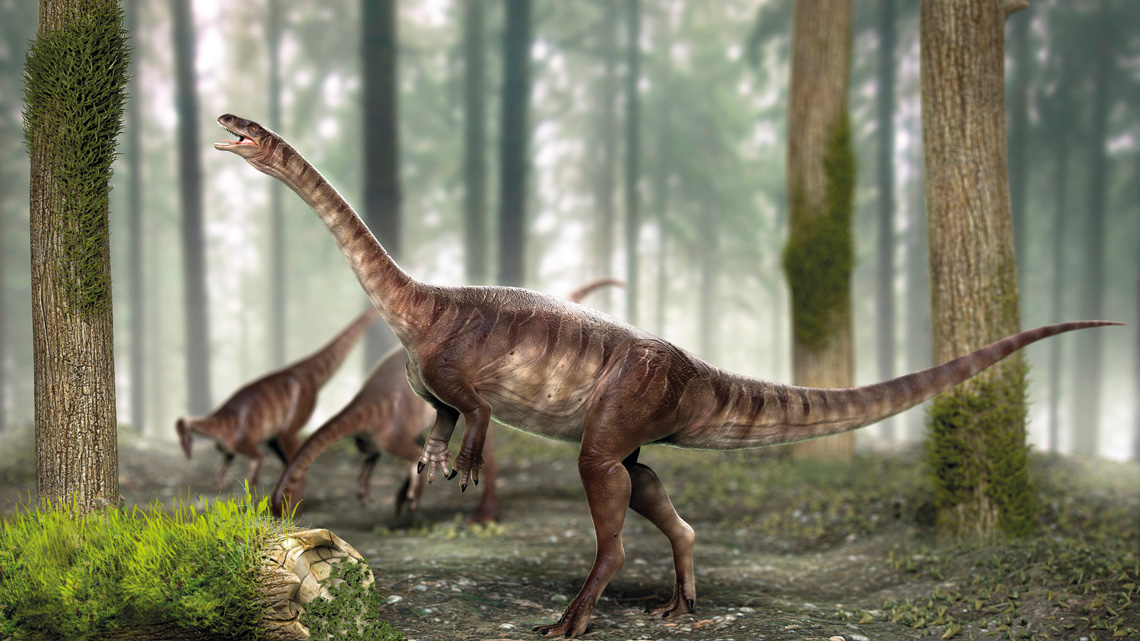A fossil of the biped Macrocollum itaquii, an ancestor of the long-necked dinosaurs that lived around 225 million years ago in what is now the Brazilian state of Rio Grande do Sul, is helping to explain how dinosaurs grew to such enormous sizes, exceeding 30 meters (m) in length. Computed tomography (CT) images showed that M. itaquii had hollow spaces in the bones of its neck and back in which air sacs were formed, similar to those seen in birds today. The finding suggests that this feature is older than previously thought. “Macrocollum was the largest dinosaur of its time, measuring about 3 m. A few million years earlier, most early dinosaurs were around 1 m long. The air sacs facilitated an increase in size throughout the evolutionary lineage,” Tito Aureliano, a paleontologist from the University of Campinas (UNICAMP) who led the study, told Agência FAPESP. Previous evidence indicated that these air sacs only emerged long after Macrocollum, about 190 million years ago (The Anatomical Record, March).

Aureliano, T. et al. The Anatomical Record. 2023One of the vertebrae containing air sac structuresAureliano, T. et al. The Anatomical Record. 2023


